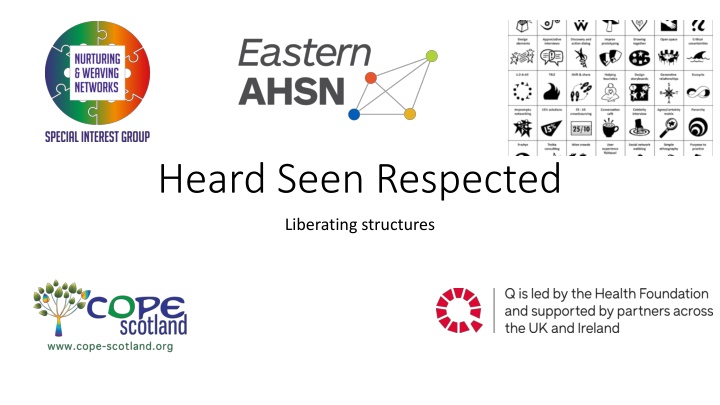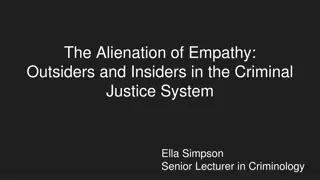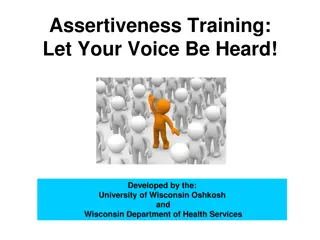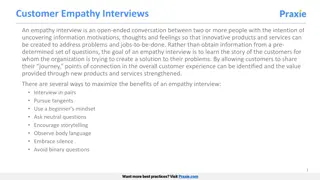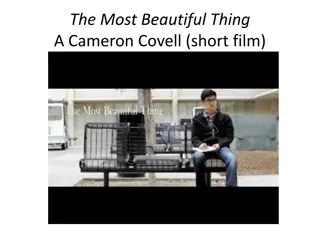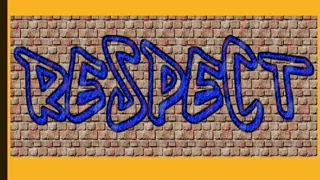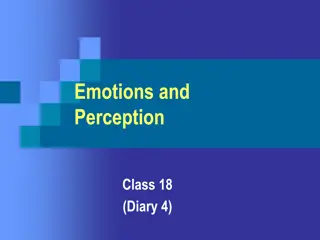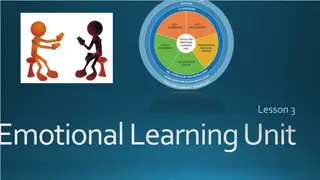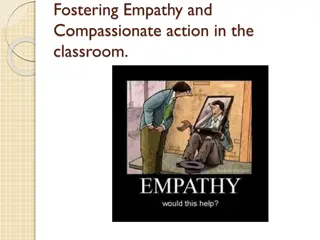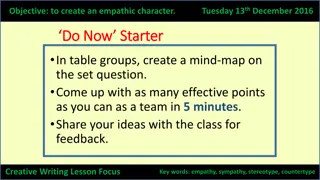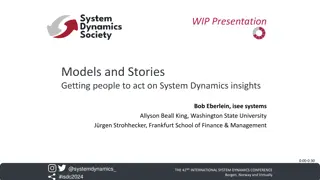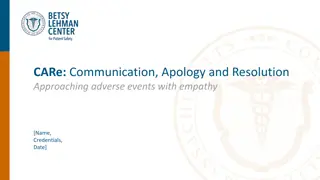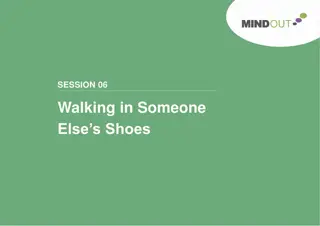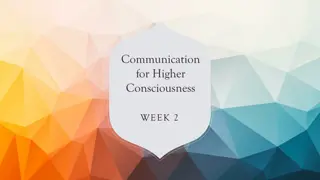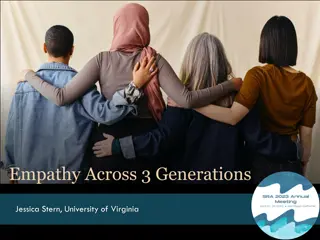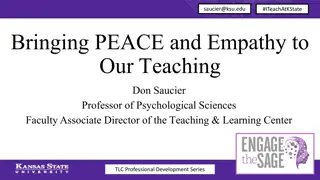Enhancing Empathy and Communication through Heard Seen Respected
Explore the Liberating Structure of Heard Seen Respected (HSR) to foster empathy, improve communication, and build trust in group settings. Developed by Lipmanowicz and McCandless, HSR enables individuals to respond empathetically to challenging situations, noticing and shifting unwanted patterns towards more productive interactions. Learn how to create a safe space for sharing experiences of feeling unheard, unseen, or disrespected, and practice active listening to enhance understanding and compassion among group members.
Download Presentation

Please find below an Image/Link to download the presentation.
The content on the website is provided AS IS for your information and personal use only. It may not be sold, licensed, or shared on other websites without obtaining consent from the author.If you encounter any issues during the download, it is possible that the publisher has removed the file from their server.
You are allowed to download the files provided on this website for personal or commercial use, subject to the condition that they are used lawfully. All files are the property of their respective owners.
The content on the website is provided AS IS for your information and personal use only. It may not be sold, licensed, or shared on other websites without obtaining consent from the author.
E N D
Presentation Transcript
Heard Seen Respected Liberating structures
What we will cover this session Introduction to Heard, Seen Respected (HSR) The Purpose HSR can serve Min Specs Time allocation Chance to Practice
Overview of proposed timeline 12noon welcome and introductions 12.05 introduction to HSR and practice In 2 s 1 min intro 7 min each to share/listen 5min each to reflect 12.15 Chance to practice 12.40 into groups of 4 to reflect on any patterns which emerged 10min 12.50 back to main room for final reflections
Heard Seen Respected Attribution: Liberating Structure developed by Henri Lipmanowicz and Keith McCandless. Inspired by Seeds of Compassion practitioners and consultant Mark Jones. What is made possible? You can foster the empathetic capacity of participants to walk in the shoes of others. Many situations do not have immediate answers or clear resolutions. Recognizing these situations and responding with empathy can improve the cultural climate and build trust among group members. HSR helps individuals learn to respond in ways that do not overpromise or overcontrol. It helps members of a group notice unwanted patterns and work together on shifting to more productive interactions. Participants experience the practice of more compassion and the benefits it engenders
Reveal how common it is for people to experience not being heard, seen, or respected Reveal how common it is for people to behave in a way that makes other people feel they are not being heard, seen, or respected Improve listening, tuning, and empathy among group members Notice how much can be accomplished simply by listening Rely on each other more when facing confusing or new situations Offer catharsis and healing after strains in relationships Help managers discern when listening is more effective than trying to solve a problem The Purpose HSR can serve
1. Structuring Invitation Invite participants to tell a story to a partner about a time when they felt that they were not heard, seen, or respected. Ask the listeners to avoid any interruptions other than asking questions like What else? or What happened next? 2. How Space Is Arranged and Materials Needed Chairs facing each other, a few inches between knees No tables Min Specs 3. How Participation Is Distributed Everyone has an equal amount of time, in turn, to participate in each role, as a storyteller and a listener 4. How Groups Are Configured In pairs for the storytelling Then foursomes for reflecting on what happened
Tips and Traps Tips and Traps (for introducing HSR) Say, Your partner may be ready before you. The first story that pops into mind is often the best. Make it safe by saying, You may not want to pick the most painful story that comes to mind. Make it safe by saying, Protect carefully the privacy of the storyteller. Ask what parts, if any, you can share with others. Suggest, When you are the listener, notice when you form a judgment (about what is right or wrong) or when you get an idea about how you can help, then let it go.
In breakout rooms of 2 people, take a moment to introduce yourselves then each of you have 7 minutes to share a story about NOT being heard, seen, or respected. 15 min. In pairs share with one another the experiences of listening and storytelling: What did it feel like to tell your story; what did it feel like to listen to another s story? 5 min each. Join another pair in a breakout room and in a foursome, share your reflections What patterns are revealed in the stories? What importance do you assign to the pattern? 10 min. Rejoin the whole group and reflect on the questions, How could HSR be used to address challenges revealed by the patterns? What other Liberating Structures could be used? 5 min. Chance to Practice
